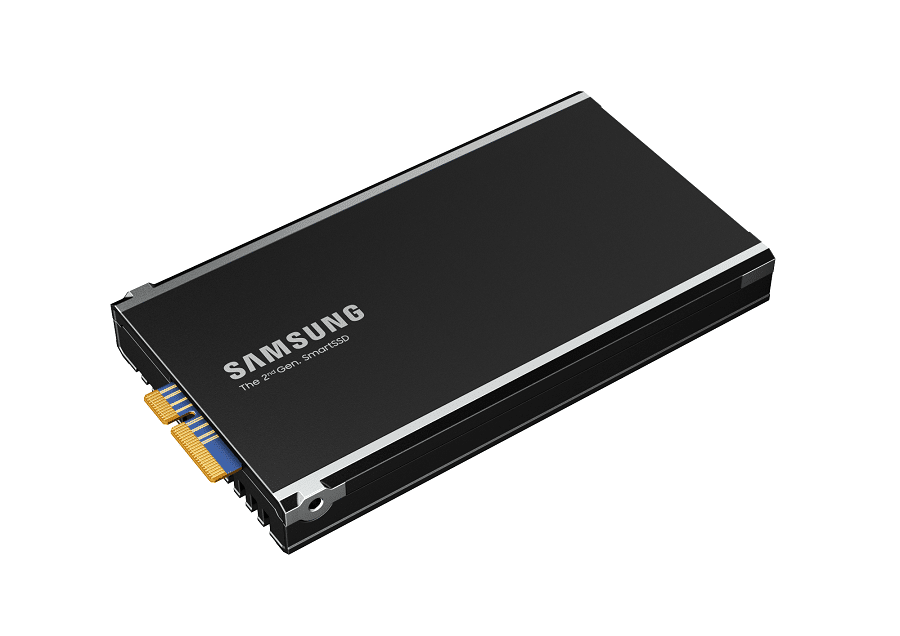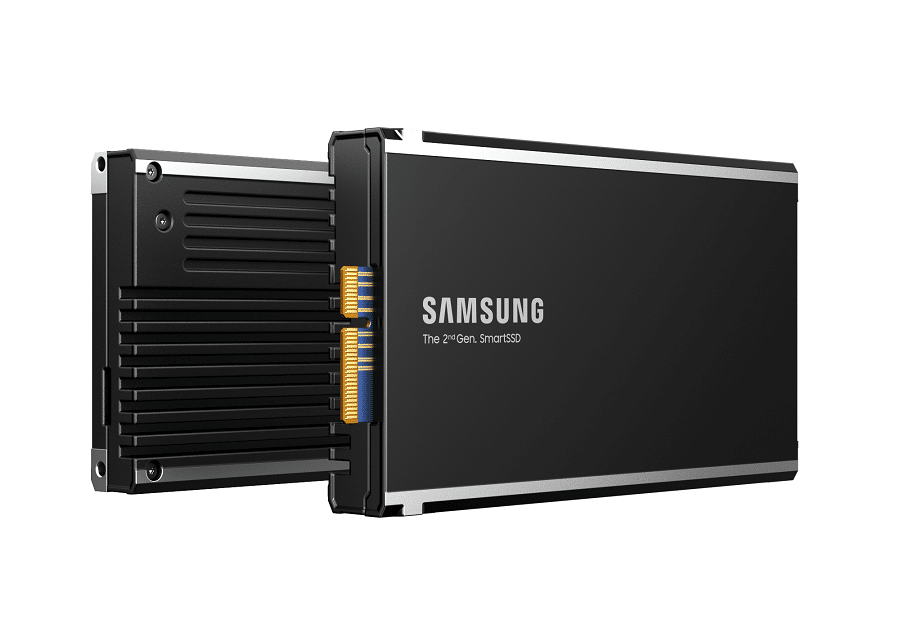Samsung has announced that they have developed a second generation of their SmartSSD. Originally announced by Samsung and Xilinx back in November 2020, the SmartSSD was the industry’s first adaptable computational storage platform and combined the performance, customization, and scalability required by data-intensive applications. 
Samsung’s SmartSSD can process data directly, which minimizes data transfers between the CPU, GPU and RAM. As a result, it can avoid potential bottlenecks that occur when transferring data between storage devices and CPUs, which can significantly improve system performance and energy efficiency.

The second-generation SmartSSD combines new software and intellectual property developed by its customers with in-built Arm cores for more efficient data processing. Specifically, Samsung claims that processing times for scan-heavy database queries can potentially improve by over 50%, while energy consumption and CPU utilization improve by up to 70% and 97%, respectively, when compared to traditional SSDs.
Consisting of the U.2 form factor, the Samsung SmartSSD is marketed as a flexible, programmable storage platform that can be used to create a range of unique and scalable accelerators that solve a variety of important problems faced by data centers.
Currently, the first-generation SmartSSD is being shipped to global IT companies, such as video communications platform providers, via a partnership between Samsung and AMD. Samsung has also had multiple successes with the government agencies you’d expect, where this extra processing on video streams can come in handy. Generally though, these drives haven’t been embraced by mainstream applications, and sales haven’t been significant to Samsung’s bottom line. It remains to be seen if the second-gen drive changes these dynamics at all or if the SmartSSD is really a point product for very specific needs.




 Amazon
Amazon